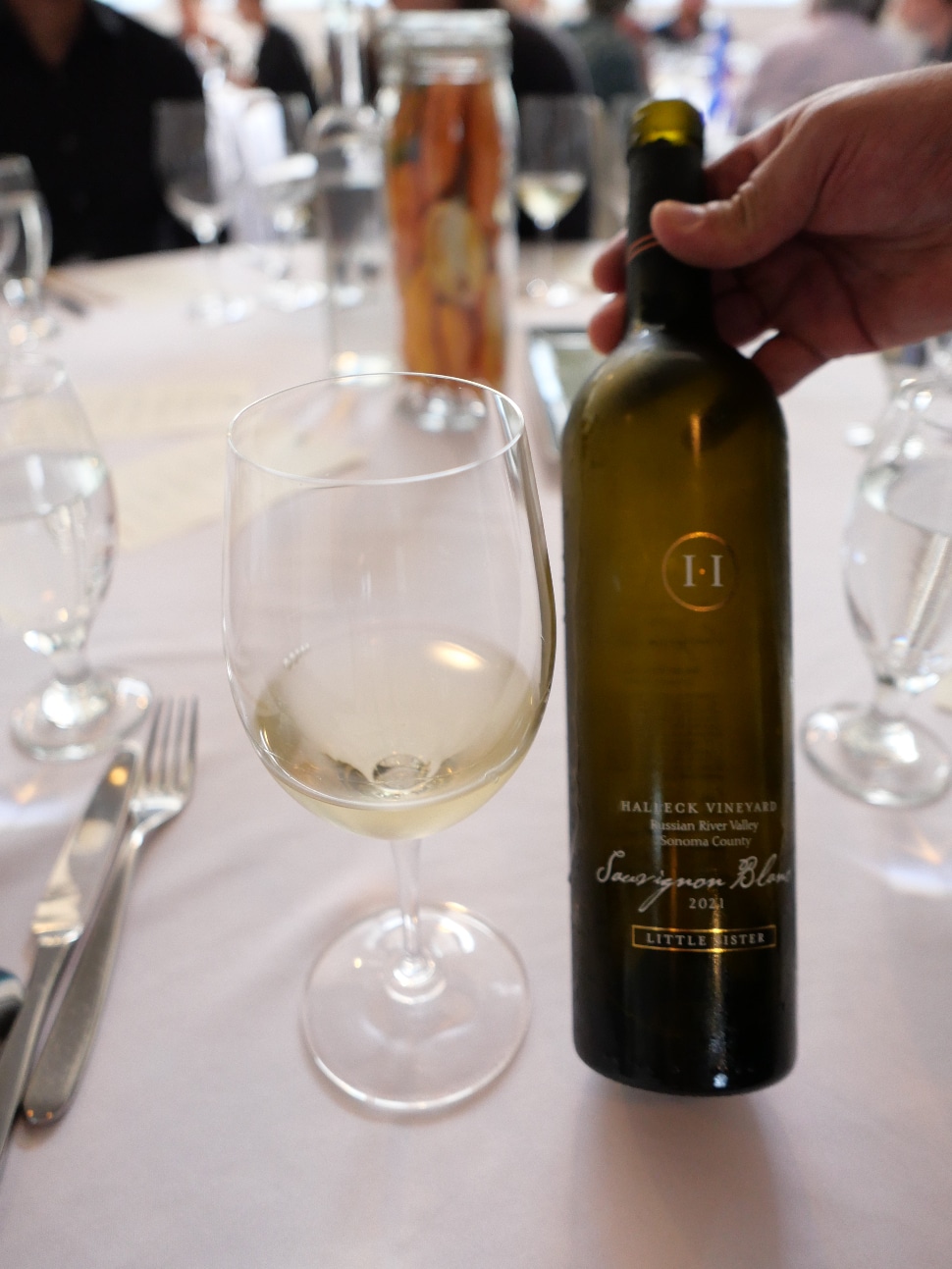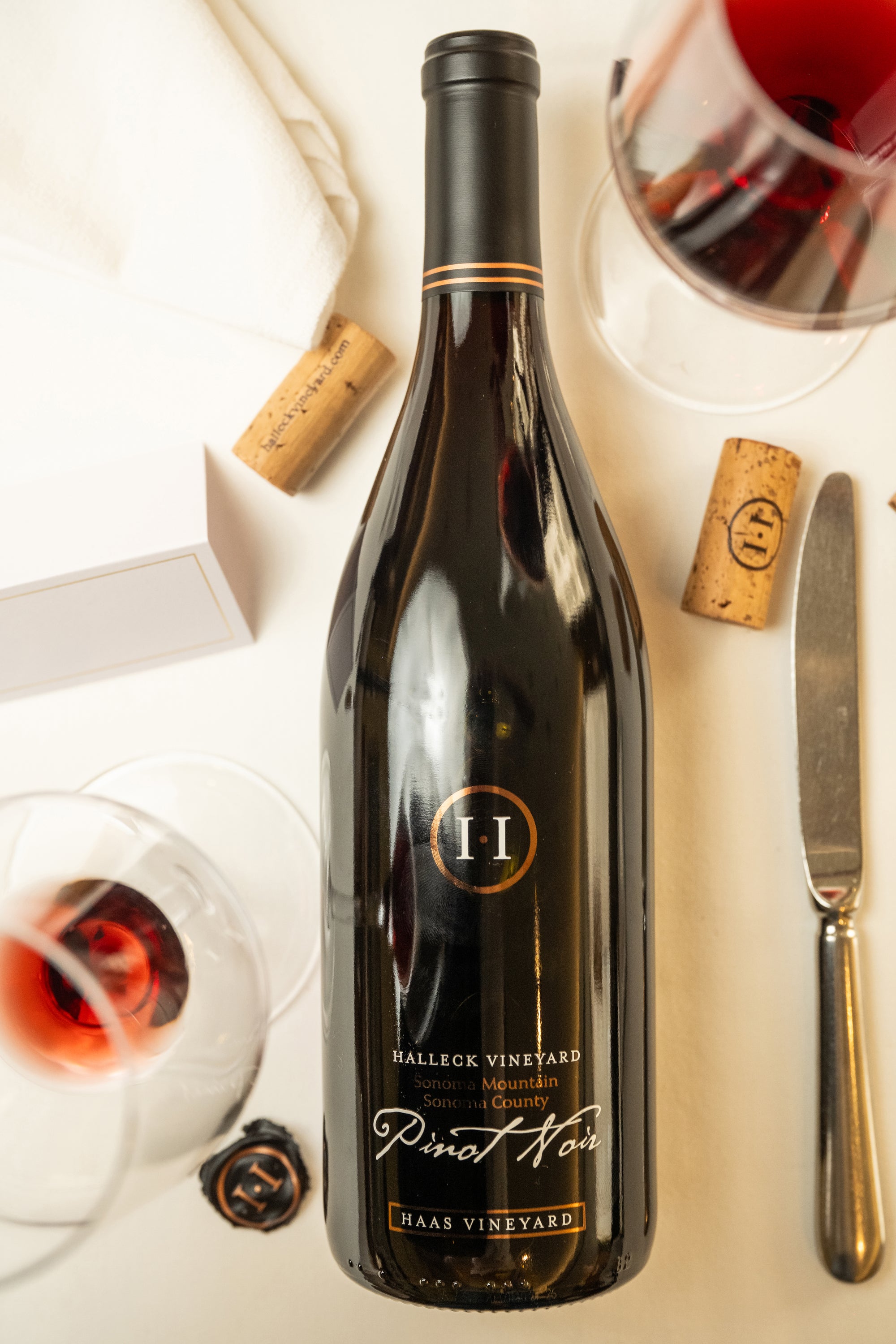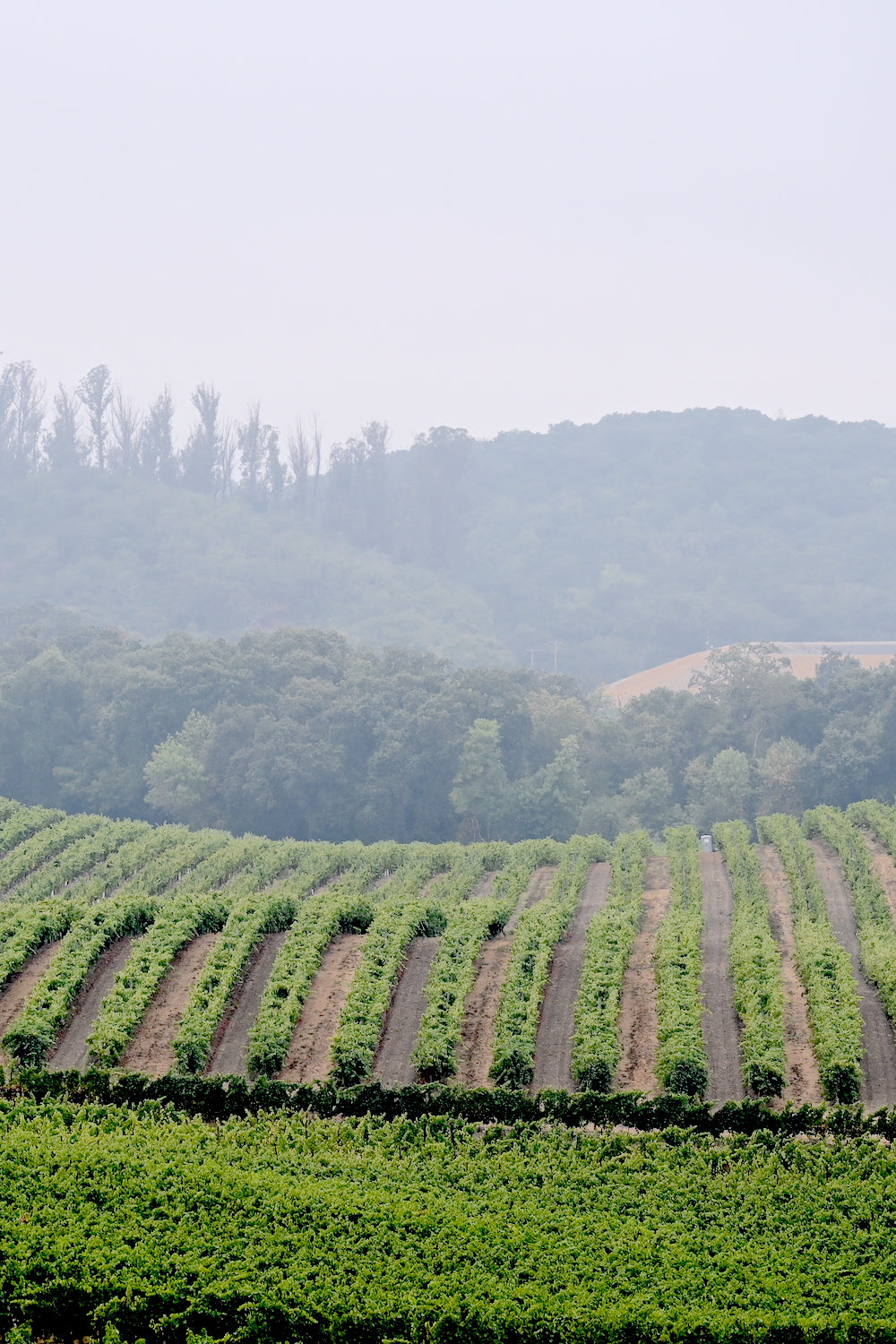Top Rated Wine Experiences In Sebastopol - Sonoma Wine Region Vineyards
Top Rated Wine Experiences In Sebastopol - Sonoma Wine Region Vineyards
Blog Article
Wineries Known For Sustainable Practices In Sonoma - Sonoma County Wine Tasting Locations
Wine tasting is an art that combines sensory experience with an appreciation for the nuances of different varietals. How to gauge flavors in winery wine tasting sessions is pivotal to greedy the complexities of wine.
Participating in a wine tasting entails more than merely sipping and savoring. It requires a centered strategy to identify aromas and flavors that each wine presents. As you start, observe the wine's look, noting its color and clarity. These visible cues usually recommend a wine’s age, grape variety, and even potential flavor profiles.
The next step within the tasting process is to swirl the wine in your glass. This motion releases aromatic compounds which may be important for analysis. Lean in and take a second to inhale deeply; the aromas can vary from floral and fruity to spicy and earthy. The nose of the wine is simply as important as the palate, and recognizing scents plays a significant role in understanding the general experience.
When taking your first sip, enable the wine to move throughout your palate - Wineries That Welcome Walk Ins. Discover the initial flavors that present themselves. Is the wine fruity, floral, or perhaps herbaceous? This preliminary taste gives insight into what the wine is prone to specific as you proceed to gauge it. The mouthfeel also contributes to the overall flavor experience; it could be silky, tannic, and even effervescent.
Spectacular Vineyard Views In Sonoma - Sonoma's Best Vineyards
As you proceed tasting, pay consideration to the wine’s balance. A well-balanced wine will harmonize acidity, sweetness, and tannins. If one element overwhelms the others, it might point out a much less desirable high quality. Evaluating balance might help you establish how properly the wine might pair with food.
Transitioning to the finish, contemplate how the flavors evolve because the wine lingers on your palate. A long, pleasant end can indicate a high-quality wine, while a brief or abrupt end would possibly suggest otherwise. Mirror on whether or not the flavors remain consistent or if new notes emerge because the wine settles. This development can reveal complexities and intricacies that might not have been obvious within the preliminary tasting.
Temperature is also a vital consider evaluating wine flavors. Completely Different types of wine are optimally enjoyed at specific temperatures. White wines typically shine when chilled, while red wines usually carry out finest at room temperature. When tasting, ensure the wine is on the applicable temperature to totally appreciate its character.
Wineries Offering Off The Beaten Path Experiences - Winery In The Sonoma Wine Region
Pairing food with wine can greatly enhance the tasting experience. Meals can affect the notion of flavors in wine, both highlighting certain traits or diminishing them. When evaluating flavors, contemplate how the wine interacts with different meals, noticing which flavors are amplified or muted (Wineries Offering Private Events).

Think About the affect of terroir as you have interaction in a winery tasting. Terroir encompasses the unique environmental elements that have an effect on grape growing, together with soil composition, climate, and geography. Understanding a wine's terroir can present insight into its flavors and aromas, fostering a deeper appreciation for the alternatives made during its cultivation and production.
Training plays a fundamental role in enhancing one's ability to judge wine flavors. Studying about grape varieties, wine regions, and manufacturing strategies can pave the method in which for more informed judgments throughout tastings. Moreover, attending workshops or classes can refine sensory skills and expand your flavor vocabulary, enabling you to articulate tasting notes more successfully.

Lastly, it is essential to keep in thoughts that evaluating wine flavors is a highly personal experience. Individual preferences and perceptions will invariably shape one’s tasting journey. Enjoyment should be on the forefront, with the analysis course of appearing as a device to reinforce understanding and appreciation rather than create inflexible guidelines.
Unique Wine Blending Experiences In Sonoma - Top Sonoma Wine Tasting Destinations
In conclusion, mastering tips on how to evaluate flavors in winery wine tasting classes entails a mixture of sensory engagement, knowledge, and practice. By learning to establish aromas, assess the balance, and appreciate the intricacies of flavor, wine enthusiasts can deepen their connection to each bottle they encounter. As with any art form, the extra one immerses themselves within the experience, the more they may discover and benefit from the huge world of wine.
- Start by observing the wine's shade and readability, as these visible elements can trace at its flavor profile and getting older potential.
- Swirl the wine gently in your glass; this releases aromatic compounds, permitting you to higher establish the advanced scents related to the wine.
- Take a deep inhale before tasting, specializing in each primary and secondary aromas to assemble insights on fruits, spices, and other nuances.
- When tasting, allow the wine to coat your palate; note the preliminary flavors, the mid-palate complexity, and the finish as these stages can present totally different flavor highlights.
- Pay attention to texture and mouthfeel, as elements such as tannin ranges, acidity, and sweetness contribute significantly to the overall tasting experience.
- Examine flavors in opposition to standard wine traits; for purple wines, contemplate berry notes, oak influence, and natural tones, whereas whites might embody citrus, stone fruits, and floral hints.
- Take notes through the tasting session to track your impressions, helping you to remember and consider the totally different wines sampled.
- Discuss your findings with fellow tasters or winery staff, as sharing insights can improve understanding and appreciation of particular person flavors.
- Permit time for the wine to breathe; sometimes, flavors evolve and reveal new dimensions after being exposed to air.
- Experiment with food pairings during the tasting as they will dramatically alter how flavors are perceived, influencing general enjoyment.undefinedWhat should I look for when evaluating the aroma of wine throughout a tasting?
Begin by swirling the wine in your glass to release its aromas. Convey the glass to your nostril and take a deep breath. this website Pay attention to the first scents you detect, as these are sometimes probably the most prominent. Look for fruit, floral, natural, or earthy notes and try to determine specific characteristics, which can deepen your understanding of the wine's complexity.
Wineries Offering Virtual Wine Tastings - Sebastopol's Vibrant Wine Scene

How can I distinguish between completely different flavor profiles in wine?
Understand that flavor profiles are often categorized as fruit, floral, herbaceous, spicy, or mineral. Take small sips and permit the wine to coat your palate. Discover the primary flavors that emerge first and the delicate notes that follow. This layering is essential in distinguishing the wine's characteristics and can help you respect its unique profile.
Wineries Known For Sustainable Practices In Sonoma - Best Vineyard Visits In Sonoma
What is the importance of the wine's texture in a tasting?
The texture of the wine, also called mouthfeel, performs a vital role in how we perceive flavors. Pay attention as to if the wine feels clean, creamy, or gritty. The body of the wine (light, medium, or full) can enhance or contrast with flavors, providing a more rounded experience during tasting.
How do I assess the stability of flavors in wine?
Stability in wine refers to the harmony between acidity, sweetness, tannin, and alcohol. Take a second to evaluate whether or not these components complement or intervene with each other. A well-balanced wine could have none of its components overpowering the others, creating a nice tasting experience.
Historical Wineries To Visit In Sonoma - Sonoma Wine Tasting Spots
What function does temperature play in evaluating wine flavors?
Temperature can considerably influence the perception of flavors. Usually, purple wines are greatest served slightly under room temperature, while white wines take pleasure in being chilled. As the temperature modifications, the aromas and flavors can shift, allowing you to understand completely different characteristics. It’s essential to taste wine at its optimum temperature for true evaluation.
Wineries Near Santa Rosa - Discovering Sonoma Area Wineries
How can I improve my tasting skills read over time?
Practice is essential to bettering your tasting skills. Remarkable Craft Wineries In Sebastopol. Attend tastings, maintain a journal of your experiences, and discover different varieties of wines to broaden your palate. Additionally, studying about wine manufacturing and grape varieties can provide context that enhances your analysis process, making you a more informed taster.
Is there a particular order in which I should style the wines?
Wineries With River Views - Unique Wine Tasting Experiences In Sebastopol
Sure, it’s advisable to style wines from light to full-bodied and dry to candy. This progression prevents the stronger flavors from overshadowing the more delicate ones, allowing you to completely respect each wine's characteristics and nuances without palate fatigue.
How can I consider the aftertaste of wine?
Wineries Specializing In Sparkling Wines - Sonoma Wine Retreats
The aftertaste, or end, is a crucial side of the wine-tasting experience. After swallowing, take note of how lengthy the flavors linger on your palate and whether they change. A lengthy, nice finish is usually an indicator of a high-quality wine, while a brief or disagreeable end may suggest in any other case.
Why is it necessary to note the wine’s acidity during tasting?
Acidity contributes to the general freshness and construction of the wine. Pay consideration to the tingling sensation on your tongue; greater acidity can enhance the wine's liveliness and balance out sweetness. Noting acidity helps determine the wine's versatility with food and its getting older potential.
What ought to I do if I struggle to identify particular flavors in wine?
Scenic Vineyard Tours In Sebastopol - Best Wineries In Sonoma For A Wine Experience
Struggling to establish flavors is common, particularly for beginners. Focus on broader categories and describe what you can acknowledge, similar to sweet or earthy notes. With practice, reading about different flavor profiles, and perhaps using flavor wheels, you'll refine your senses and develop a extra nuanced method to tasting. Report this page